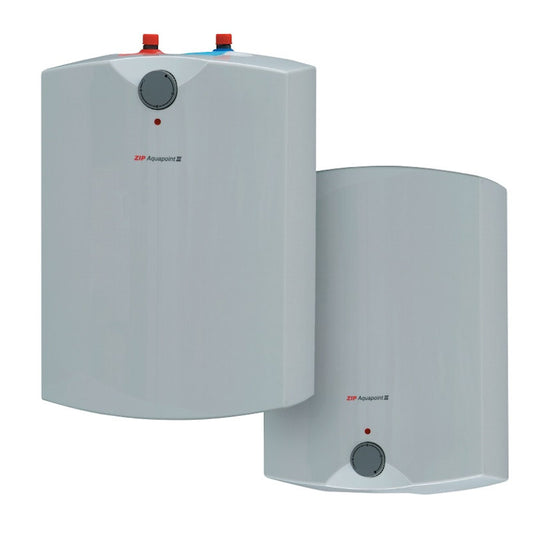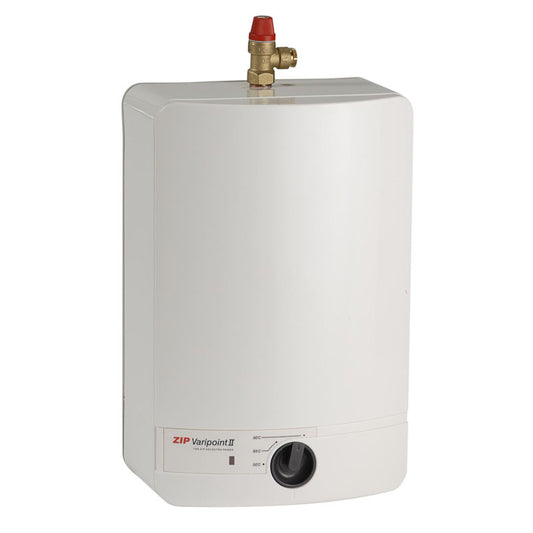Electric storage water heaters, often referred to as conventional electric water heaters or tank-type electric water heaters, are a common and widely used solution for providing hot water in homes and businesses. Their primary function is to heat and store a volume of water in an insulated tank, making it available for use on demand.
The categories of electric storage water heaters are primarily defined by their capacity and installation method, which in turn determines their intended application.
1. Small Capacity / Point-of-Use Water Heaters
These are compact electric storage heaters designed for a single faucet or a small number of outlets. They are meant to be installed close to where the hot water is needed, reducing the wait time and energy waste from long pipe runs.
- Capacities: Typically range from 2.5 to 15 gallons (10 to 60 litres).
- Key Features:
- Compact Design: Their small size allows for installation in tight spaces, such as under a kitchen sink, in a small cabinet, or a utility room.
- Energy Efficiency: While they have standby loss, it's minimal due to the small volume of water being heated.
- Application: Ideal for single-point use in workshops, powder rooms, or as a booster for a slow-responding main water heater.
2. Standard Capacity / Whole-House Water Heaters
This is the most common type of electric storage water heater, designed to meet the hot water needs of an entire household. They are typically installed in a basement, garage, or utility closet.
- Capacities: Range from 20 to 80 gallons (75 to 300 litres) or more. The capacity is chosen based on the size of the household and its hot water demand.
- Key Features:
- Standard Heating Elements: Most models are equipped with two electric heating elements—one at the top and one at the bottom—to efficiently heat the water. The upper element heats the top portion of the tank first for quick hot water access, while the lower element heats the entire tank.
- Durable Construction: Tanks are typically lined with a vitreous enamel or similar coating to resist corrosion, and they are surrounded by a thick layer of insulation to minimize standby heat loss.
- Thermostatic Control: An adjustable thermostat allows users to set the desired water temperature.
3. High-Efficiency Electric Water Heaters
This category includes electric water heaters that incorporate advanced technology to improve energy efficiency beyond a standard model.
- Heat Pump (Hybrid) Water Heaters: This sub-category is the most notable example. They use a heat pump to extract heat from the surrounding air and transfer it to the water, a much more efficient process than direct electrical resistance heating. They also include conventional electric elements as a backup for high demand.
- Smart Water Heaters: These models often feature Wi-Fi connectivity, allowing users to monitor energy usage, adjust the temperature remotely, and program heating schedules to save energy.
4. Vented and Unvented Cylinders
In some regions, particularly the UK, electric storage water heaters are categorized based on their plumbing and pressure system:
- Vented Cylinders: These are open to atmospheric pressure and are supplied by a cold water tank, relying on gravity to deliver water.
- Unvented Cylinders: These are sealed and connected directly to the mains water supply, delivering hot water at high pressure, which is ideal for powerful showers.
All electric storage water heaters are defined by their ability to provide a readily available supply of hot water. While less energy-efficient than tankless models due to standby heat loss, they are often more affordable upfront and reliable in providing a large volume of hot water at once.















